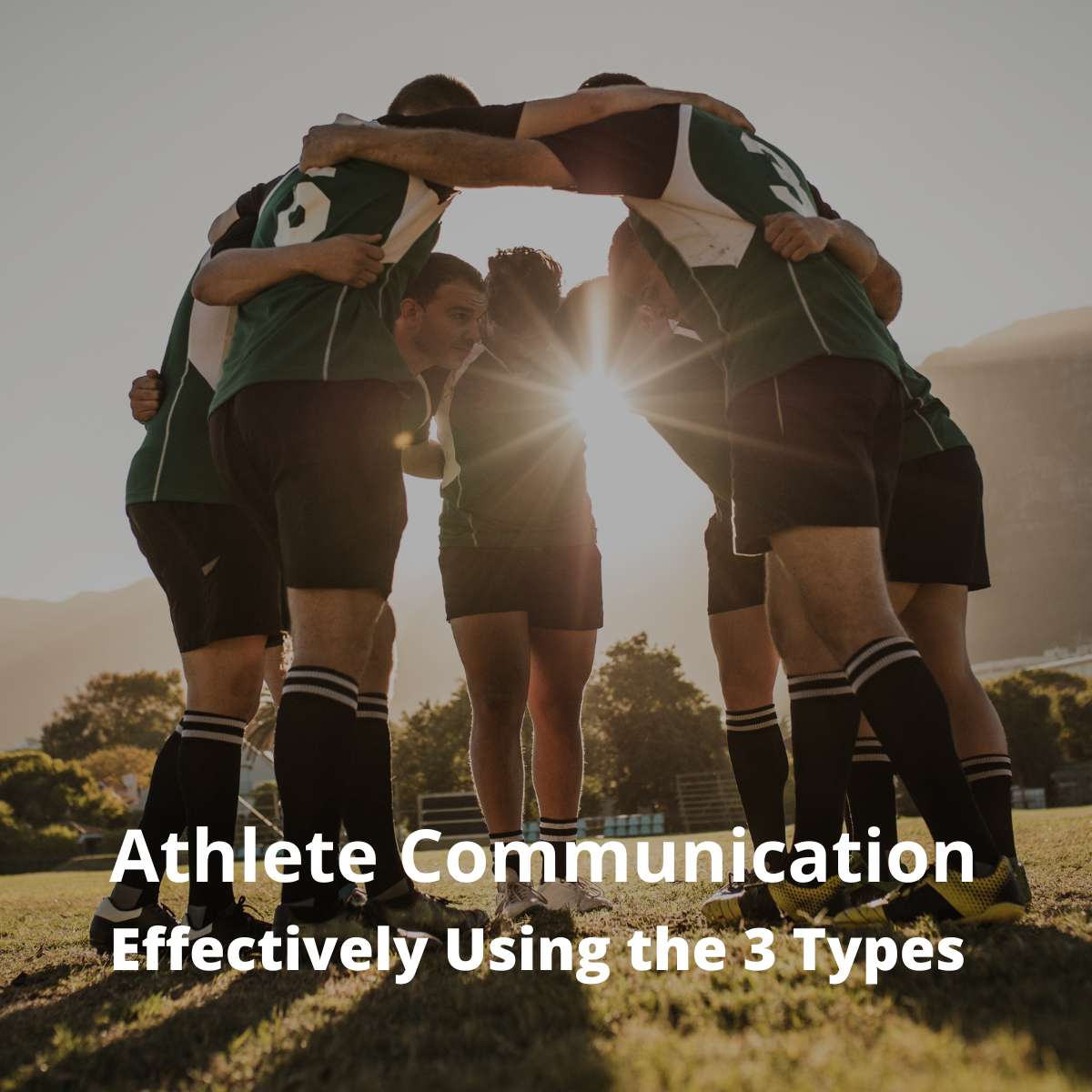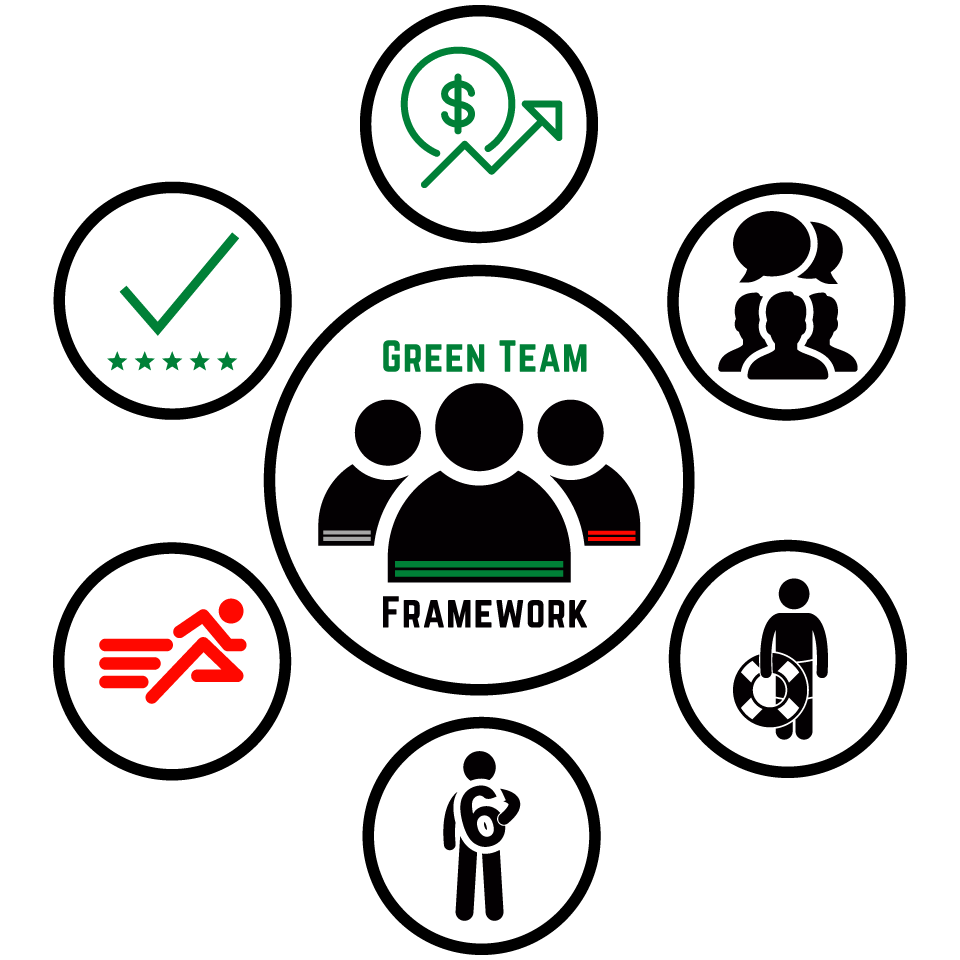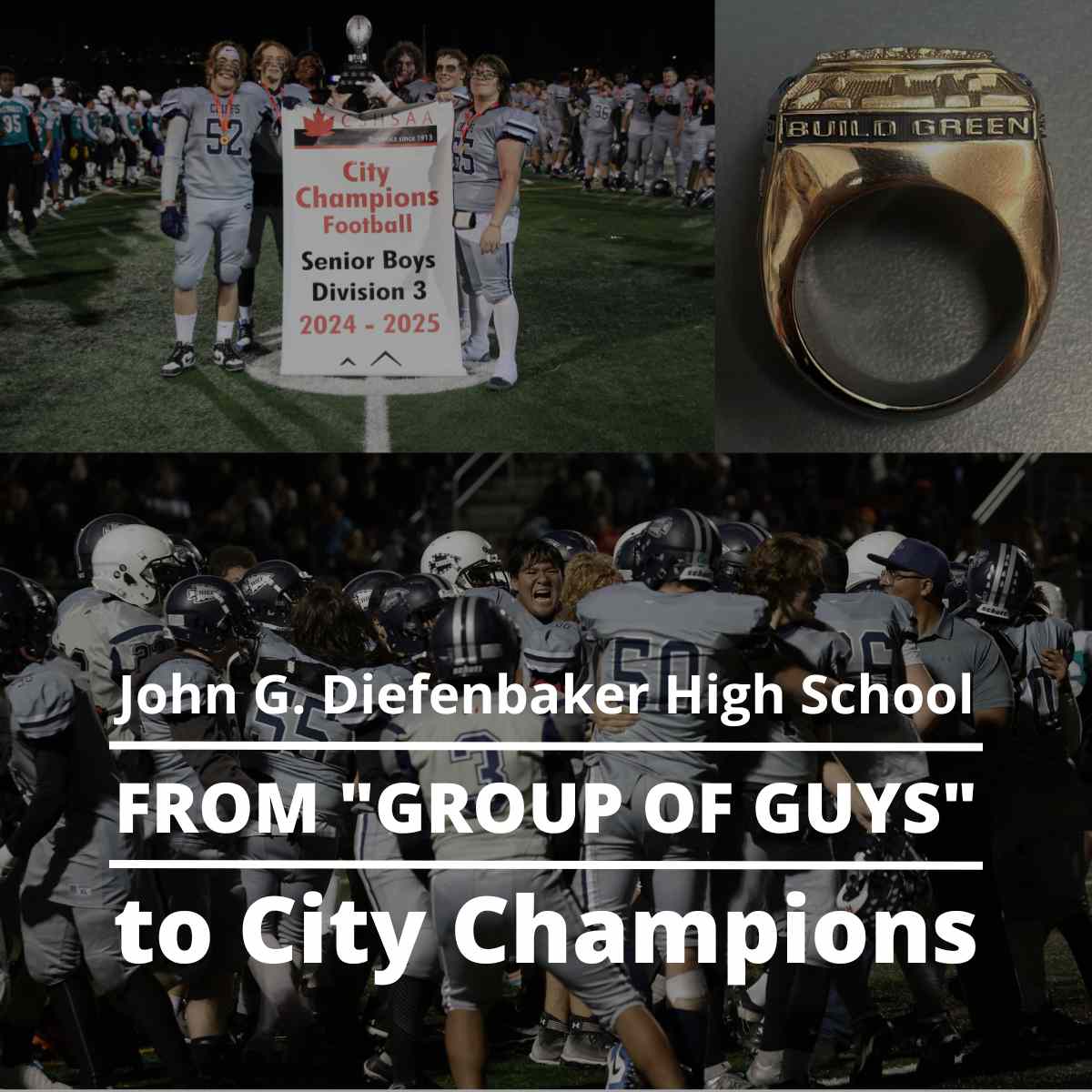Home / Blog / Communication /

Coaches know effective communication can be the difference between winning and losing. Imagine a game where your team is struggling to get their offense going. They’re getting frustrated and tensions are getting high. During a timeout, one of the athletes takes charge and gathers the team in a huddle. Instead of shouting instructions to the team on what they need to do, they give their teammates encouragement.
At first, you might think it was their encouraging words that would turn the game around. Those help for sure, but their non-verbal communication signals might be more powerful. The way they look each teammate in the eye, the confidence in their tone, and their overall calm and focused appearance. The players in that huddle will most likely respond by listening and nodding in agreement, responding to the speaking player’s overall vibe, and focus themselves. They’ll return to the court with confidence.
This example is to remind us that athlete-to-athlete communication is more than words. It’s about body language, tone of voice, and active listening. Effective communication is a crucial component to enhance the performance of a team.
Let’s discuss the three components of great communication and how it can improve your team’s performance.
VERBAL COMMUNICATION
Verbal communication is the most common type of communication in sports. It involves using words to express ideas, give directions, and provide feedback. Effective verbal communication uses the appropriate volume, clarity, and speed.
One of the key aspects of verbal communication in sports is the tone of voice. Tone conveys emotions and provides context for what’s communicated. As a coach, it’s essential to help your athletes understand how to adjust their tone of voice. During a game, athletes may need to use a more assertive tone to communicate on the field. But at times on the field being able to use a calm voice may be what the team needs. It all depends on the team and the situation. Having the skills to use both in the correct way and in the correct situation makes all the difference.
NON-VERBAL COMMUNICATION
Non-verbal communication refers to the messages we convey without words. This can include body language, facial expressions, and gestures. Non-verbal communication is important in sports because it delivers information without play stopping.
Body language is an essential aspect of non-verbal communication in sports. Athletes who have good body language are more likely to build trust with their teammates. Encourage your athletes to have good posture, make eye contact, and avoid slouching.
LISTENING
Listening is another crucial component of athlete-to-athlete communication. Effective listening skills allow athletes to understand their teammates’ needs, concerns, and perspectives. When athletes listen well they build trust and improve their relationships with other players.
As a coach, it’s essential to help your athletes develop their listening skills. Encourage your athletes to engage the person speaking with their eyes. Have your athletes acknowledge they’ve received the message with a fist bump, or “I got you.” Instruct athletes to respond to the message by performing the instructions.
HOW THEY RELATE TO EACH OTHER
Verbal, non-verbal, and listening skills are all interrelated in athlete-to-athlete communication. When athletes have consistent eye contact they have better relationships with their teammates. Likewise, athletes who listen well provide helpful feedback to their teammates.
It’s essential to help your athletes develop all three types of communication skills. By doing so, you can help your athletes build strong relationships with teammates and win more as a team.
10 TIPS FOR COACHES TO IMPROVE ATHLETE COMMUNICATION SKILLS
1. ENCOURAGE COMMUNICATION
Encourage your athletes to communicate with each other during games and practices. Emphasize the importance of clear and concise communication. Encourage athletes to speak up when they have something to say.
2. PROVIDE FEEDBACK
Provide regular feedback to your athletes on their communication skills. Be specific about what they’re doing well and where they can improve. Positive feedback motivates athletes to continue working on their communication skills. Constructive feedback will help them identify areas for improvement.
3. SET CLEAR EXPECTATIONS
Set clear expectations for how you want your athletes to communicate with each other. Be specific about what kind of language, tone, and body language you expect at all times.
4. CREATE A POSITIVE ENVIRONMENT
Create a positive environment where athletes feel comfortable communicating with each other. Encourage athletes to support each other and avoid negative comments. A positive environment builds trust and rapport among the team.
5. MODEL EFFECTIVE COMMUNICATION
As a coach, it’s essential to model effective communication skills. Display good body language. Maintain eye contact. Listen when your athletes are speaking. By modeling effective communication, you help your athletes develop their skills.
6. PRACTICE COMMUNICATION DRILLS
Include communication exercises in your practices. Have athletes call out screens, make defensive switches, or call for the ball. These simple steps help athletes develop verbal and non-verbal communication skills. It prepares them for game situations.
7. EMPHASIZE ACTIVE LISTENING
Teach your athletes the importance of active listening. Encourage them to maintain eye contact and focus on what their teammates are saying. Active listening helps athletes understand their teammates’ needs and respond well.
8. USE VIDEO ANALYSIS
Video analysis helps athletes understand how communication impacts their performance. Use videos to show plays and how they were successful or unsuccessful. Focus on the communication between players, and how it led to the outcome of the play. Share videos of successful and unsuccessful communication scenarios. Discuss what players could do in each situation to improve it.
9. PROVIDE REAL-WORLD SCENARIOS
Provide communication scenarios for your athletes to practice their skills, before they need to use them. We have an exercise just for this called Sugar & Salt. It provides you with real-world scenarios players role-play with each other. It teaches players the art of communication and how to use it effectively with their teammates.
10. CELEBRATE COMMUNICATION SUCCESSES
Celebrate communication successes and milestones with your team. Acknowledge the athletes’ efforts. Let them know that their communication skills are important and valued.
Incorporating these tips will help your athletes improve their communication skills. They will work better together as a team. Effective communication is a key component of team success. It’s important to focus on it in your coaching strategy.
CONCLUSION
Effective communication is a vital aspect of any team sport. Athlete-to-athlete communication can take various forms, verbal, non-verbal, and listening and all are necessary if you want to have great interactions between athletes.
It’s essential to help your athletes develop all three types of communication skills. Encourage your athletes to practice their communication skills. Provide regular feedback. Set clear expectations, create a positive environment, and model effective communication yourself. With these strategies in place, your team will communicate better and win more.
Looking for resources to help teach effective communication to your athletes? Look no further. Our exercise Sugar & Salt will show your athletes how to communicate in challenging conversations. It will teach athletes how to effectively communicate and hold teammates accountable.
Sugar & Salt is part of our Coaches Membership where we have 21 dynamic exercises for improving communication skills for athletes.
Have fun and #LeadEmUp




